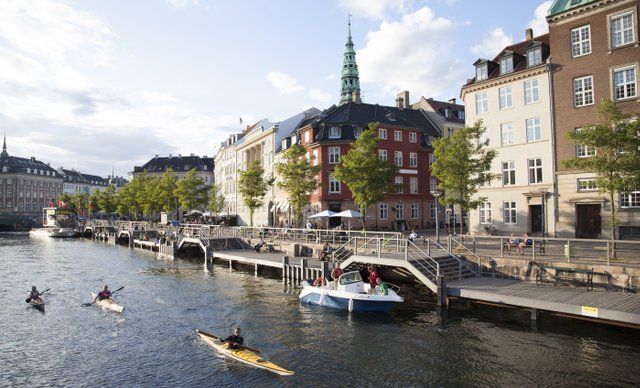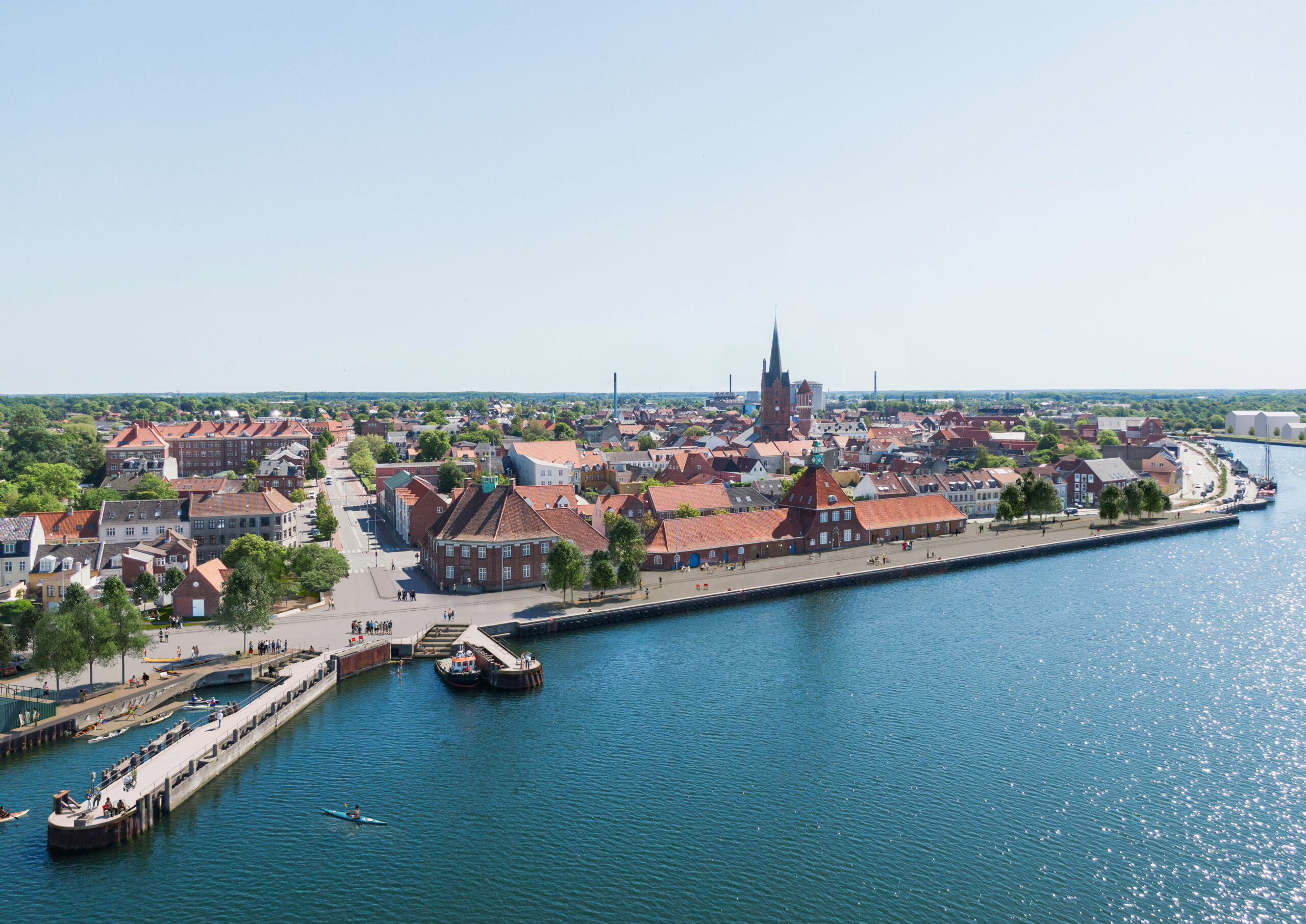The number of substitute teachers being used by Danish public schools has increased by 31 percent over the past academic year, according to KRL, the department for municipal and regional payroll data.
But according to KRL, only 12 percent of the substitute teachers, who are mostly paid hourly, are actually qualified to teach.
Leaves holes in learning
“The long-term consequence is that students can miss some parts in the curriculum and these holes may be difficult to fill once permanent teachers return,” worried Mette With Hagensen, the head of Skole og Forældre, the association for schools and parents.
Teacher absenteeism is increasing across Denmark – not only due to the stress of increased hours but also because the recently-implemented school reform requires full-time teachers to upgrade their qualifications by attending teaching courses.















